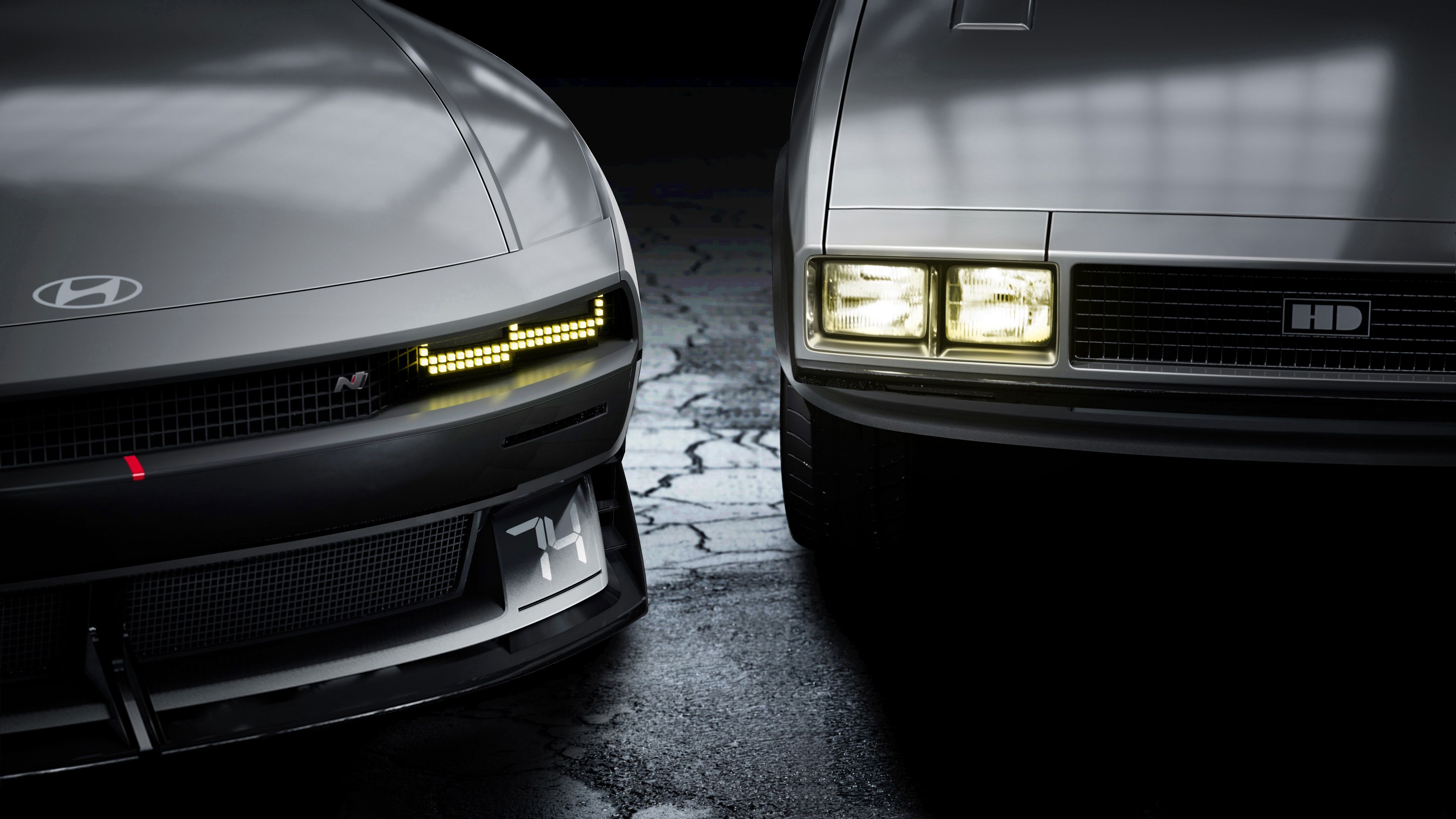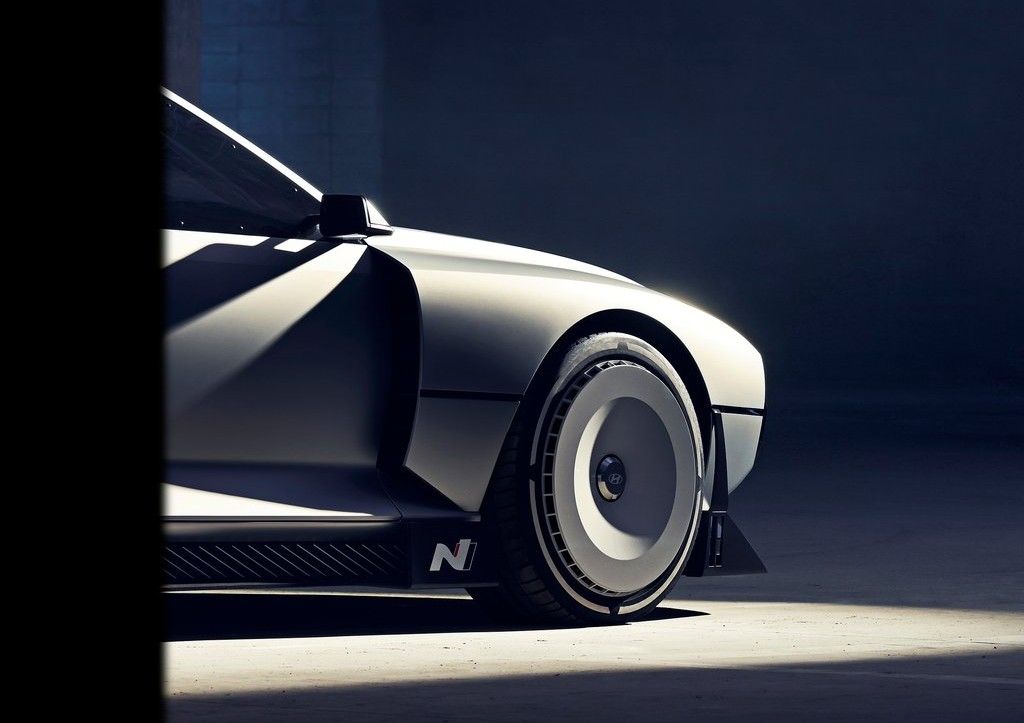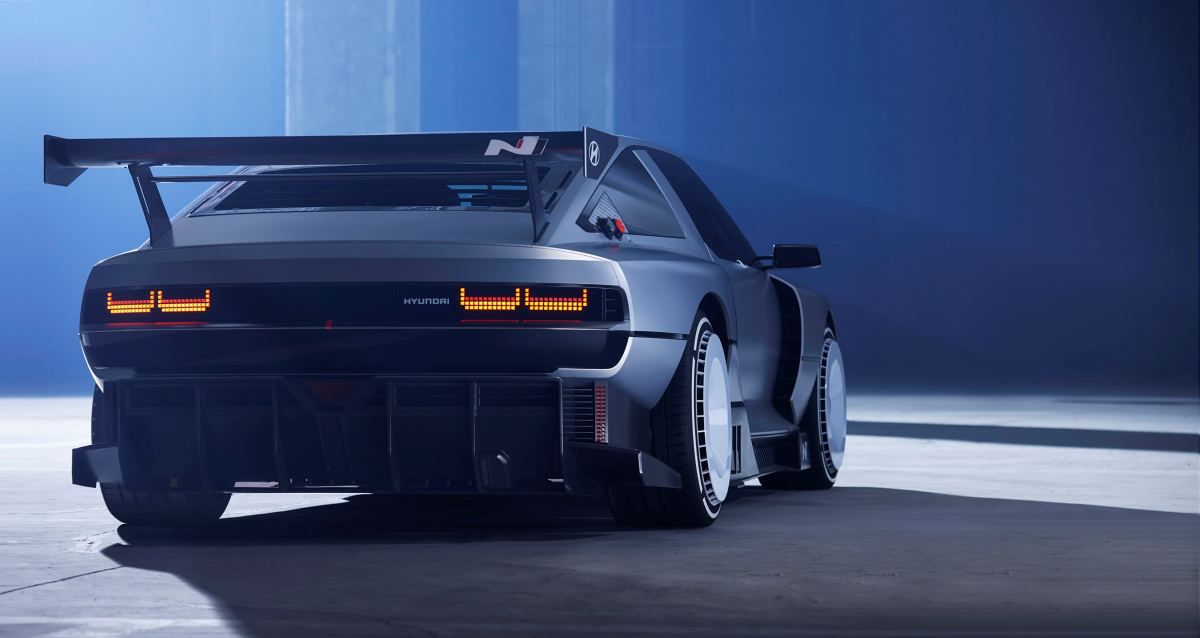Hyundai has been on its toes ever since the launch of its first high-performance car in 2017, the Hyundai i30N. The Korean automaker went bonkers, pushing the limits of cheaper performance, in an attempt to convey to its customer that Hyundai cars can tickle you pink too, when behind the wheel. While they do continue to make regular cars as well, they also want to send out constant reminders that they are equally ambitious about going fast, and impressing the driver, whether they are making sports cars or hatchbacks.
Even after the advent of electric vehicles, Hyundai still wants to go flat-out with their N brand with its strong values: optimal handling, racetrack capability and the ability to be an 'every day-sports car'. Basically, they want these cars to be a mixed bag of all the good characteristics that make a performance car worth owning and driving, on a budget.
UPDATED NOVEMBER 2022: Article updated and to include any new information on the Hyundai N Vision 74 Concept as it becomes available and how the brand is innovating today.
Hyundai N Vision 74 Is A 'Rolling Lab'
Hyundai's high-performance N sub-brand, recently took the wraps off two models that reflect the company's commitment to focus primarily on zero-emissions technologies. The N Vision 74 and RN22e are fitting examples that showcase the power of Hyundai's 'N' brand, and the direction in which it is heading. Both are 'rolling lab' concepts that prove what Hyundai is capable of; neither of which, unfortunately, will make it to production though.
The N Vision 74 blends EV technology with an advanced hydrogen fuel cell system, making it Hyundai's first-ever hydrogen rolling lab, which will help the Korean brand explore the fun factor in EVs of the future. The N Vision 74 will continue to get put through its paces, so a lot can get learned from it and implemented in future 'N' road cars.
Hyundai N Vision 74 Is A Stunning Design
If it wasn't for the Hyundai badging, the N Vision 74 could easily be mistaken for being a successor to the DeLorean DMC-12. It's got those straight lines that many of us still love, particularly in this world that's flooded with angular design elements, and more often than not, some disproportionate body surfaces.
In fact, the N Vision 74 actually got inspired by the 1974 Hyundai Pony Coupe, which got sketched by none other than the famous, Giorgetto Giugiaro, who also designed the DeLorean. Hyundai turned the concept into a prototype, and although it got meant for production, it just never happened. But this was the car, those many years ago, that raised the bar for Hyundai.
The Hyundai N Vision 74 Continues Its Retro-Futuristic Design
The N Vision 74 gets its clean, smooth surfacing from the Pony Coupe - and this includes the sleek profile and the unique B pillar. Anyone calling this car an ugly duckling, must go back to the past, not the future. Its retro automotive design and detailing can catch your breath the moment you look at it; retro design meets the EV era with this high-performance N Vision 74.
The Parametric Pixel LED lighting adds a nice, contemporary look. The design of the N Vision 74 clearly shows the amount of passion and dedication that's gone into it, with the original Pony Coupe concept in mind. We cannot get over details like the flared fenders, the large side air intakes, the massive wing at the back and those gorgeous, white OZ Racing wheel lookalikes.
Pictures of the interior haven't gotten revealed, but we expect it to look like a more filtered, cleaner looking version of the Pony Coupe concept's. The cockpit got reported to have gotten designed keeping in mind the driving purist, with lots of retro elements and modern design touches as well, like a fully digital instrument cluster and some analogue buttons.
In terms of dimensions, the N Vision 74 measures 194-inches in length, 78-inches in width and 52-inches in height, and then there's the wheelbase that measures 114-inches. Being the most advanced hydrogen fuel system Hyundai's ever made, it is certainly going to find its way into the history books.
Having said that, it is not the first N model to feature fuel cell technology. The N Vision 74 also takes inspiration from Hyundai N 2025 Vision Gran Turismo, first unveiled back in 2015 when the N brand got launched.
Two Electric Motors For the N Vision 74, Not One
The Hyundai N Vision 74 gets its power from a pair of rear-mounted electric motors that push out a little over 679hp. The motors get fed by a 62.4 kWh battery that gets charged by a 95kW hydrogen fuel cell, that too - while on the move. The massive battery can get charged quickly, while the 9.2 pound hydrogen tank can get topped up in five minutes; the result is a commendable range of 370 miles. Active torque-vectoring is possible, thanks to the pair of motors. The N Vision 74 also features technology that keeps the mechanicals cool, along with separate coolant channels for the battery, motors and the fuel cell.
Some players in the EV game might be skeptics about the hydrogen-fuel cell powering the N Vision 74. However, should Hyundai make this powertrain design viable and work well in a production car, the Hyundai N Vision 74 could be a game changer.
Meanwhile, Hyundai continues to innovate with its push towards electric vehicles and the Hyundai Ioniq 6 will premiere for North America at the LA Auto Show in November of this year.
Alongside this, the website for the N Vision 74 contains more material about Hyundai's other R+D projects where it continues to push boundaries in the pursuit of creating more powerful, capable and fun sports cars.
For now, the biggest and best-known implementation of hydrogen in a car is perhaps the Toyota Mirai, which despite a lack of meaningful infrastructure continues to be a point of interest for different automakers due to its promise as an alternative fuel to rival traditional BEVs.
Source: Hyundai

.jpg)
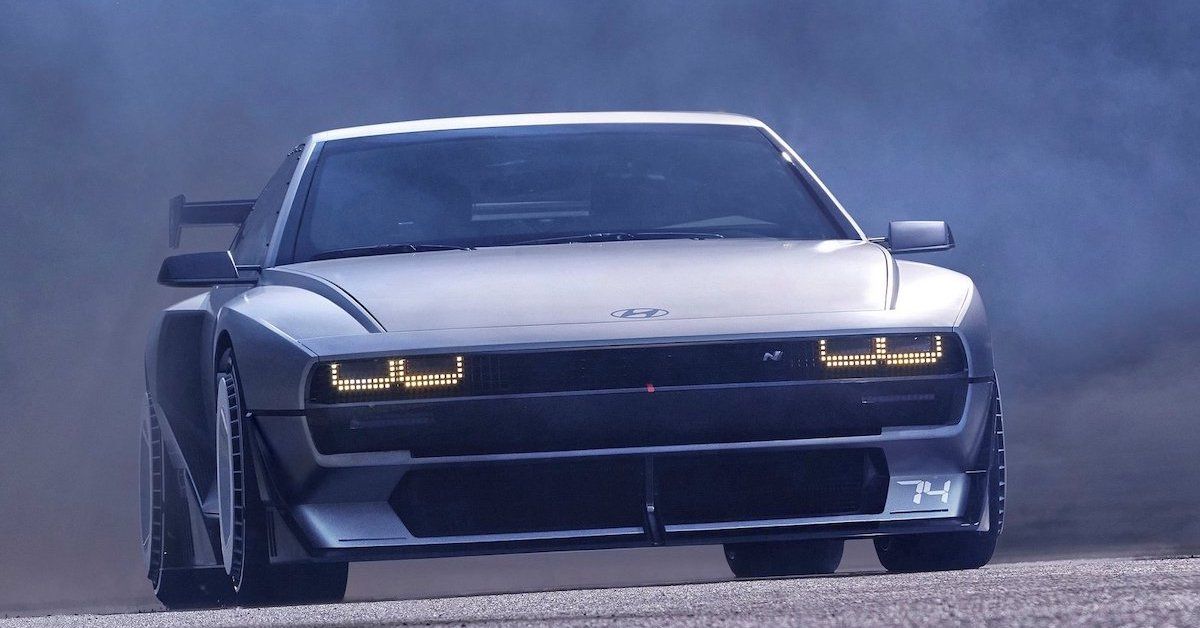
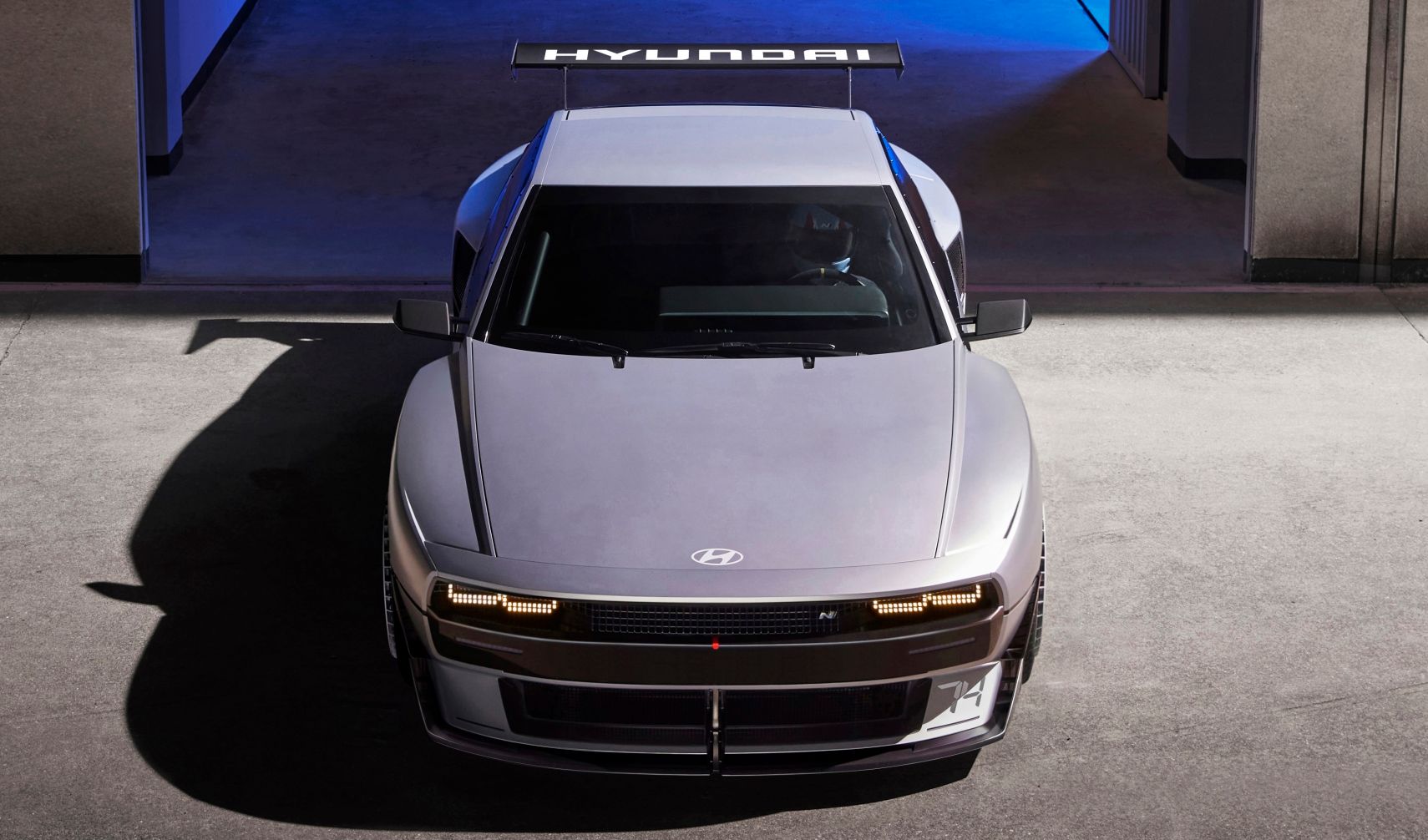
.jpg)
